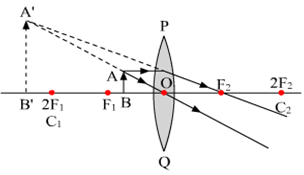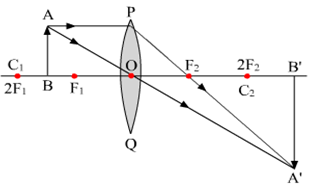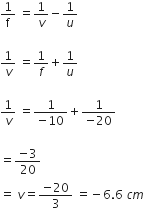 Long Answer Type
Long Answer TypeExplain why carbon forms compounds mainly by covalent bond. Explain in brief two main reasons for carbon forming a large number of compounds. Why does carbon form strong bonds with most other elements?
Write the functions of the following in human female reproductive system: Ovary, oviduct, uterus. How does the embryo get nourishment inside the mother's body? Explain in brief.
How many pairs of chromosomes are present in human beings? Out of these how many are sex chromosomes? How many types of sex chromosomes are found in human beings?
The sex of a newborn child is a matter of chance and none of the parents may be considered responsible for it. Draw a flow chart showing the determination of sex of a newborn to justify this statement.
(a) State the laws of refraction of light. Explain the term absolute refractive index of a medium and write an expression to relate it with the speed of light in vacuum.
(b) The absolute refractive indices of two media 'A' and 'B' are 2.0 and 1.5 respectively. If the speed of light in medium 'B' is , calculate the speed of light in:
(i) vacuum,
(ii) medium 'A'.
A convex lens can form a magnified erect as well as a magnified inverted image of an object placed in from of it. Draw ray diagram to justify this statement stating the position of the object with respect to the lens in each case.
An object of height 4 cm is placed at a distance of 20 cm from a concave lens of focal length 10 cm. Use lens formula to determine the position of the image formed.
a) When the object is placed between O and F1, magnified erect image is formed. 
b) When the object is placed between F1 and 2F1 , magnified inverted image is formed.

Object distance, u = 20 cm
Image distance, v=?
Focal length, f = 10 cm
According to the sign convention, f = -10 cm and u=-20 cm
Now, using the lens formula,

The image is formed at a distance of 6.6 cm from the lens at the same side where the object is placed.
A student is unable to see clearly the words written on the blackboard placed at a distance of approximately 4 m from him. Name the defect of vision the boy is suffering from. Explain the method of correcting this defect. Draw ray diagram for the:
(i) defect of vision and also
(ii) for its correction.
